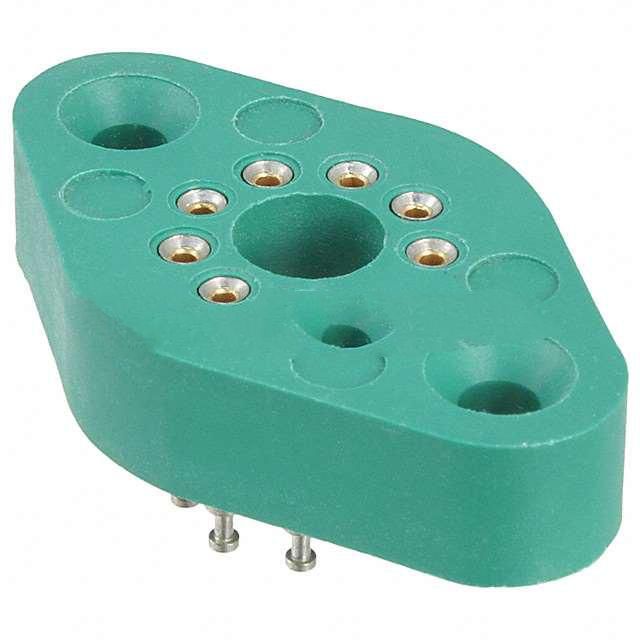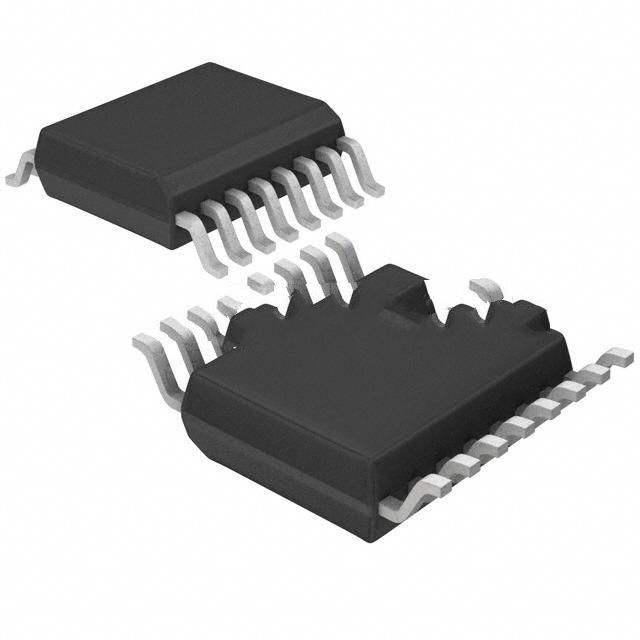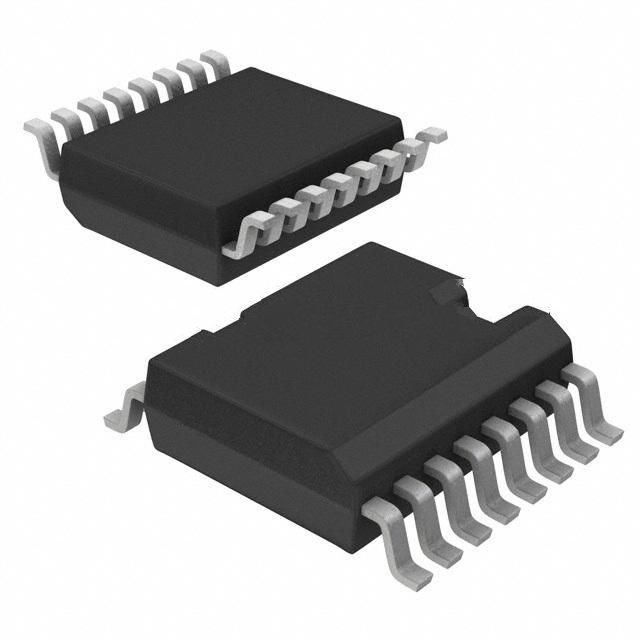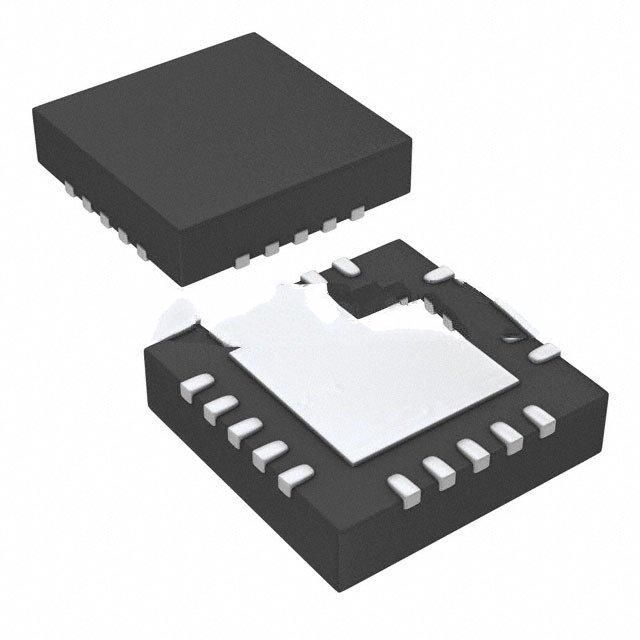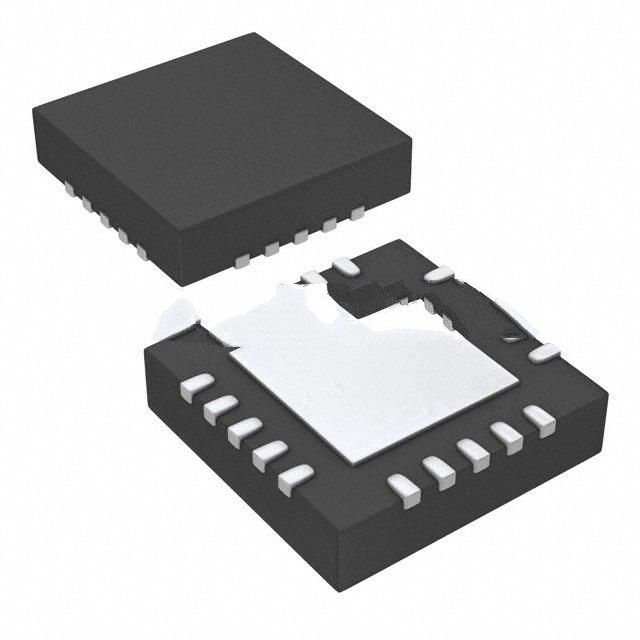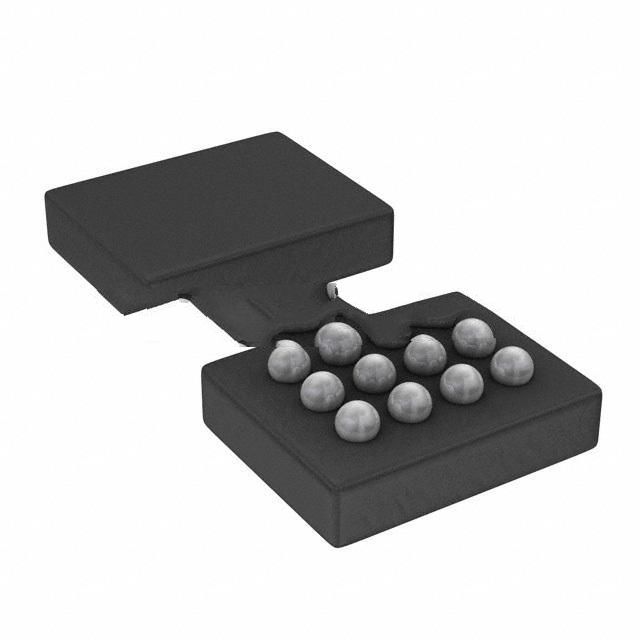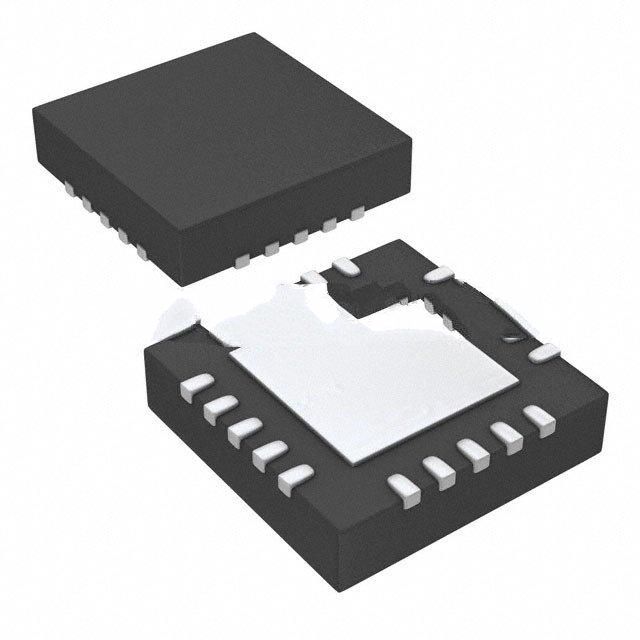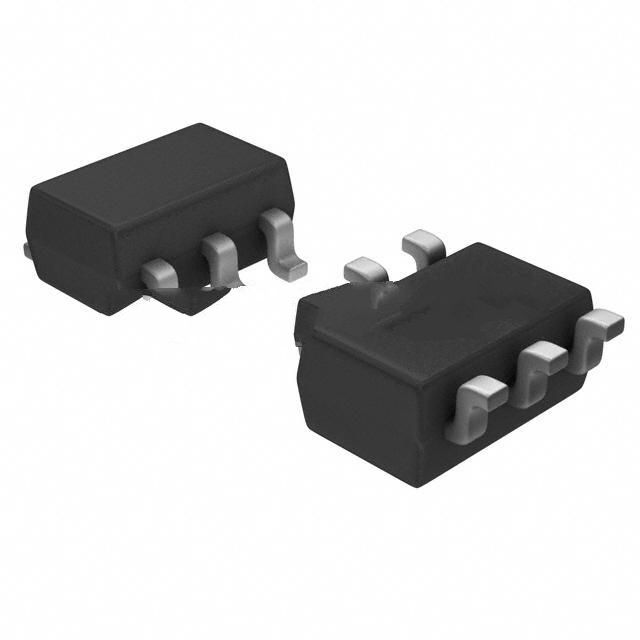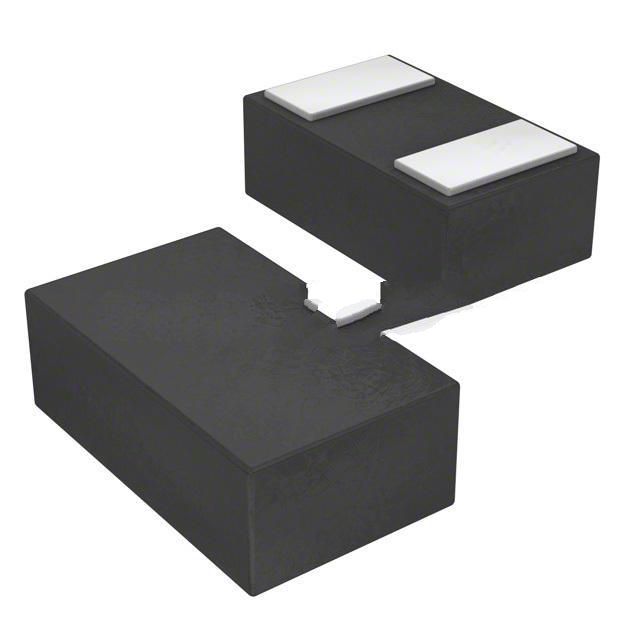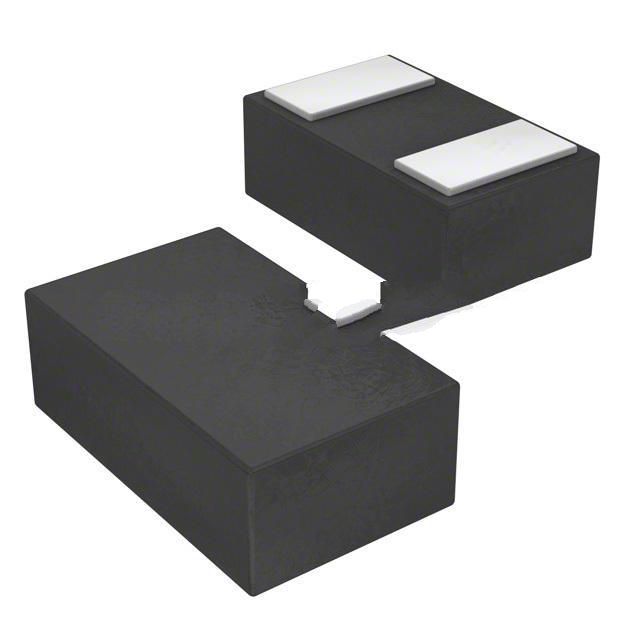Introduction of Digital Signal Processor
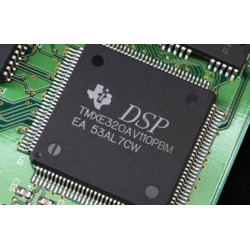
Introduction of Digital Signal Processor
Digital signal processor, also known as DSP chip, is a microprocessor tool especially suitable for digital signal processing operations. Its host application is to realize various digital signal processing algorithms in real time and quickly.
Features of digital signal processor:
Adopt Harvard University structure, separate program memory and data memory.
A special instruction set mainly used for single instruction stream multiple data stream (SIMD) operations.
Parallel processing is possible, but multitasking is not supported.
When used in a host environment, it can operate as a direct memory access (DMA) device.
The data is obtained from the analog-to-digital converter (ADC), and the final output is the digital-to-analog converter (DAC) to convert the data into an analog signal.
One or more multiply and accumulate (MAC) operations can be implemented in one instruction cycle. Therefore, multiple multiplication and accumulation operation units are integrated in the DSP, which can perform parallel multiplication and accumulation operations.
Able to complete multiple reads of the memory within one instruction cycle. Therefore, DSP integrates multiple on-chip buses and multi-port on-chip memories.
In order to accelerate the operation in the processor, multiple address generation units are integrated in the DSP to support circular addressing and bit flip addressing.
Most of the operations in the processor are repeated operations. For ease of use, most DSPs support this kind of repetitive operation, and there is no need to write additional instructions for repetitive operations.
Most DSPs provide multiple serial or parallel I/O interfaces, as well as special I/O interfaces to process special data to reduce costs and improve output/input performance.
Digital signal processor selection:
According to the introduction of related materials, there are several principles for the selection of digital signal processors, as follows:
Algorithm format: The dynamic range of the fixed-point algorithm is very small. For example, the 16-bit fixed-point algorithm has a dynamic range of only 96dB, which is prone to overflow problems, but it has low cost and low power consumption. So most digital signal processors are fixed-point, accounting for about 67%. The dynamic range of floating-point arithmetic is very large, such as 32-bit floating-point arithmetic, the dynamic range is 1536dB. The processing speed is much higher than the fixed point, and the bus width is wider than the fixed point. Programming is easier, but the cost is higher and the power consumption is higher. .Floating point digital signal processors are mostly used in high-end products.
Data width: All floating-point DSPs are 32-bit wide, while fixed-point DSPs are mostly 16-bit wide, and there are also 24-bits, such as Motorola's DSP563xx series; and Zoran's ZR3800 series, which are 20 bits. The data width directly affects the size of the DSP chip, the number of package pins, and the capacity of the peripheral memory, thereby directly affecting the cost of the DSP.
Speed: When choosing a DSP, speed is the most important consideration. The speed of DSP usually refers to the time of the instruction cycle, but also refers to the calculation time of core functions such as FIR or IIR filters. Some DSPs use a very large instruction word group (VLIW) structure, which can execute multiple instructions in one cycle. It is closely related to the operating frequency of the clock.
Memory structure. The memory structure, including the bus structure, has a great impact on the performance of the DSP. On the one hand, how to read data and instructions when performing operations, different methods have different speeds. Read one instruction and two data in one instruction cycle to achieve fast MAC operation. The structure can be a multi-port memory, a separate memory for instructions and data, or an instruction buffer. On the other hand, the memory structure also includes the memory size supported on-chip and off-chip. Most fixed-point DSPs are aimed at the embedded system market, so their memory is small. Although some floating-point DSPs have small on-chip memory, they require a large peripheral memory, such as TI's TMS320C30.
Power consumption: Many DSPs are used in portable devices such as mobile phones, PDAs, and portable audio players. Power consumption is the main consideration for these products. Many processor vendors have reduced the operating voltage, such as 3.3V, 2.5V, 1.8V, and added power supply voltage management functions, such as adding a "sleep mode" to cut off most of the power supply when not in use and reduce unused peripheral devices Energy consumption.
Easy to program: DSP's application target is mainly engineering technicians and engineers. Early digital signal processors used assembly language for programming

